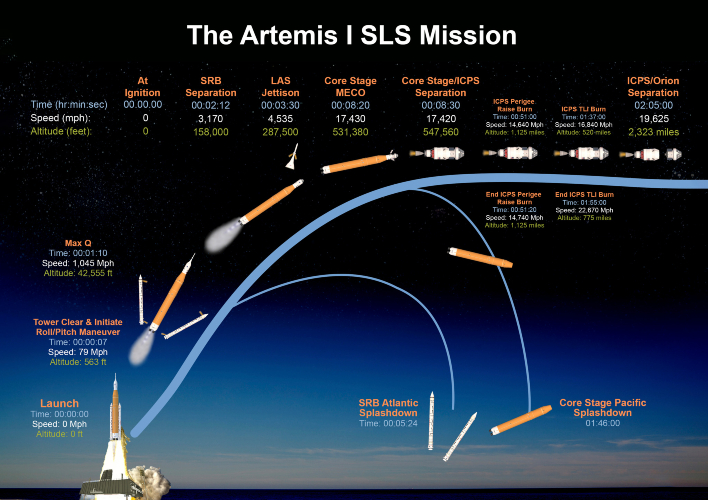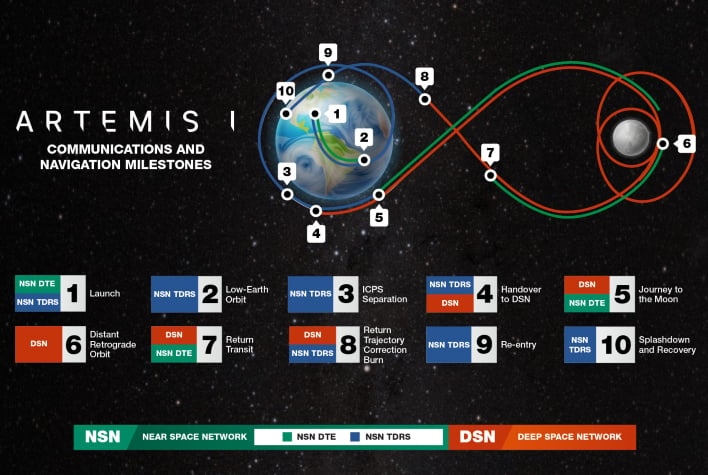Here's How To Watch NASA's Artemis I Moon-Orbiting Mission Blast Off Next Week
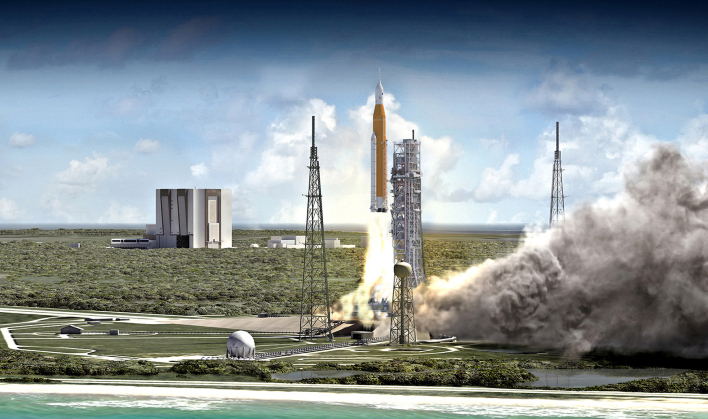
The Artemis program has been highly anticipated as it will eventually put humans back on the Moon for the first time in decades. The launch of Artemis is currently scheduled for August 29, 2022, from Launch Pad 39B at NASA's Kennedy Space Center in Florida. As of right now, there is a launch window set for between 8:33 a.m. EDT to 10:33 a.m.
The mission is slated to last a total of 42 days, 3 hours and 20 minutes. In total, it will traverse approximately 1.3 million miles (2.1 million kilometers). It will make its return at a speed of up to 25,000 mph (40,000 kph) on October 10, 2022. There will be several milestones, as seen below, throughout the duration of the mission.
The Orion spacecraft, which will eventually house human astronauts, sits atop the world's most powerful rocket, the Space Launch System (SLS) rocket. This first mission will demonstrate the performance of Orion and the SLS rocket, as well as test NASA's capabilities to orbit the Moon and make a safe return back to Earth.
While there won't be any humans aboard this particular mission, there will be several other passengers along for the ride. Those include CubeSats which will deploy into deep space from the Orion stage adapter attached to the ICPS. There will also be three "purposeful passengers" which will test the spacecraft's systems and collect data for future missions with actual astronauts.
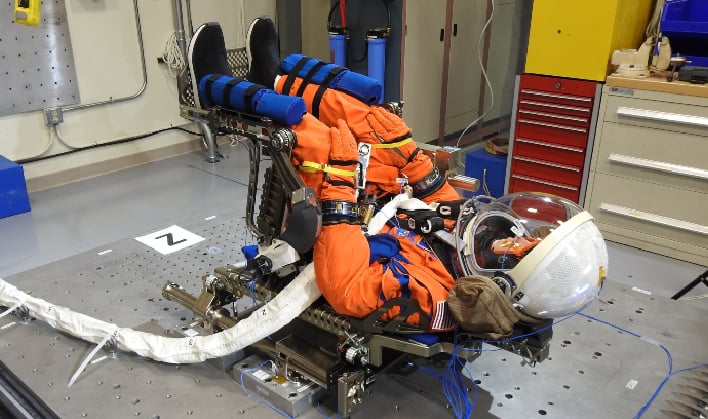
Commander Moonikin is a suited manikin and will provide critical data on what future astronauts may experience during a flight of this nature. It is outfitted with two sensors, one under the headrest and another behind the seat, in order to record acceleration and vibration through the duration of the flight. An additional five accelerometers are inside Orion, and will provide data to compare to those in the upper and lower seats. The manikin's spacesuit will also be equipped with two radiation sensors.
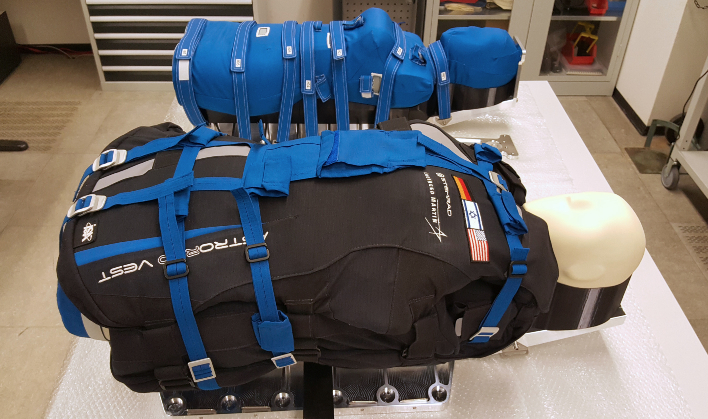
Along with Commander Moonikin, Helga and Zohar will be taking the journey as well. These manikin torsos, called phantoms, were created to mimic human bones, soft tissues, and organs of an adult female. These two manikins will have more than 5,600 passive sensors and 34 active radiation detectors to measure radiation exposure. Zohar will have the advantage of wearing a radiation protection vest, called AstroRad, while Helga will not.
Artemis I will be crucial to the success of future missions. It should allow for a plethora of data for scientists and NASA personnel to scour through before the first mission that will actually carry humans into space on future missions. If you are wanting to watch the launch live, you can do so via NASA's website. Be sure to stay tuned to HotHardware, as we will let you know about any new information about the launch, such as possible delays.

